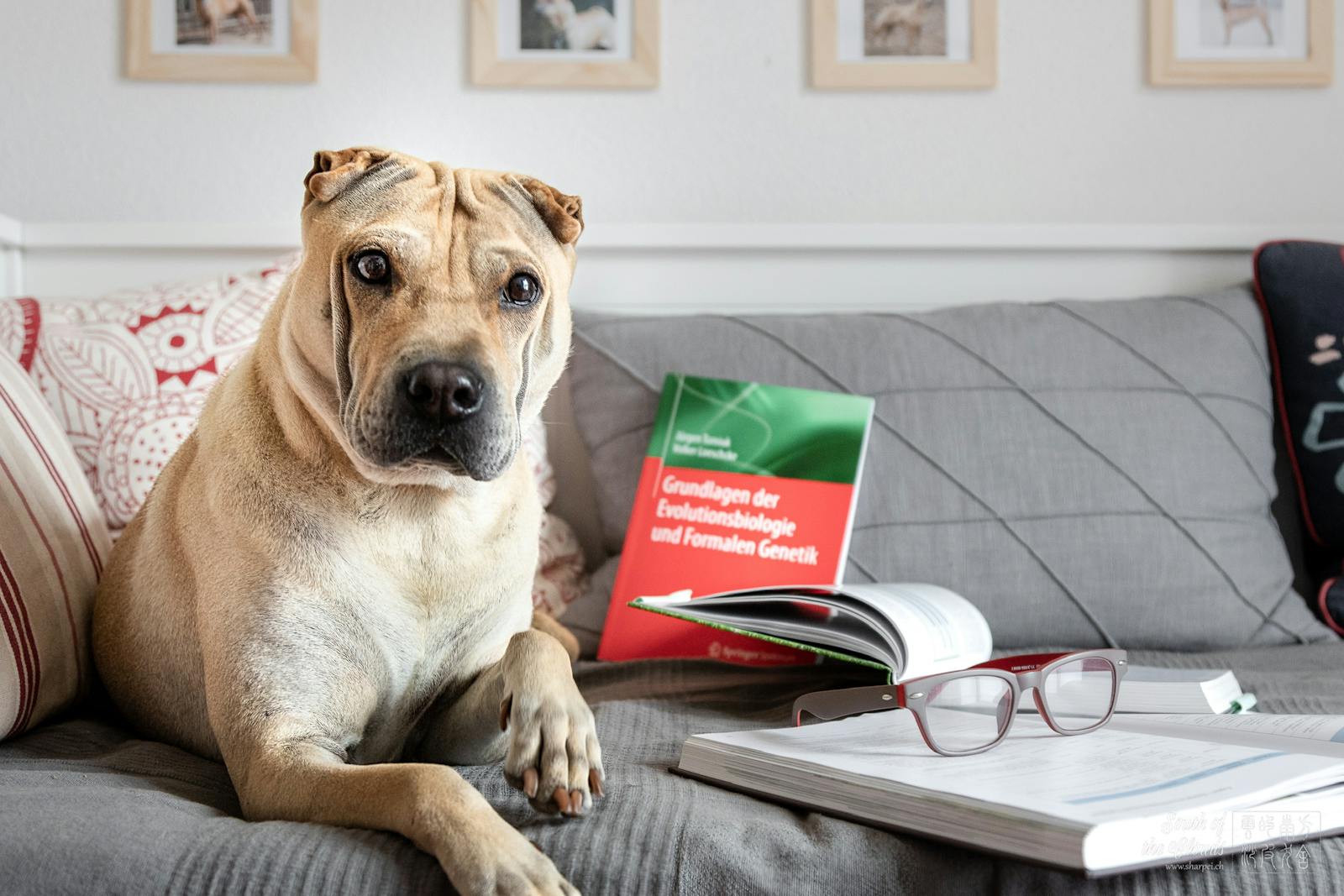Agree to disagree

Agree to disagree
"Agree to disagree" is an English expression that refers to the resolution of a conflict in which all parties tolerate but do not accept the opposing positions. This situation generally occurs when all sides recognize that further conflict would be unnecessary, ineffective, or otherwise undesirable.
Personally, I like any discussion involving the Shar Pei. I believe that we can only make progress with open discussions. I believe that it is very important to address problems openly instead of sweeping them under the rug.
Opinions and facts
Over the years I have met so many people from the Shar Pei world and have heard so many different opinions on all sorts of aspects of the breed. Opinions are subjective beliefs and are the result of emotions or the interpretation of facts. So something very individual and personal, not necessarily reality. And depending on the other person and the topic, you can very well “agree to disagree” with opinions. That doesn't work with facts.
Because facts are real, verifiable, existing, true or recognized facts. They can be verified or proven using standard references or scientific experiments. You can ignore facts and stick to an opinion, but "agree to disagree" would be absurd with facts.
I've always been kind of a science junky and always wanted to know more and find out more about whatever intrigued me. When I started to deal with the subject of Shar Pei, it was exactly the same. And even if I find the many different opinions in the Shar Pei world interesting, I always try to find facts for myself.
Interest, curiosity and openness
I have met really great people with whom I often disagree, which is perfectly fine in the area of opinion and can sometimes be very constructive. And depending on the person and the topic, I have a “agree to disagree” situation with some of these amazing people. What makes these people so great is their openness to facts.
I recently read a Chinese study that examined 15 Chinese dog breeds in China for their genetic diversity and then compared them to many breeds in Europe. I was so intrigued by the results of the study that I shared them with some breeder friends. One of these breeders had an opinion on the subject up to that point that I did not share. But without facts, there were only opinions. Now we both have no opinion on the subject because we have learned facts.
When time comes, facts come
Sometimes it takes time to gain knowledge or facts are "on the table". I remember very well several situations a few years ago when I was confronted with some extreme opinions. Extreme because they were simultaneously delivered on a very personally hurtful level. I've heard all these opinions countless times since then, but they miss the target now.
I remember a very special case of "facts" very well. A completely unknown woman spread a warning about me and especially my dogs on social media, at that time it was about Diting.
It's been a few years now, but I've gathered a few facts. Real and verifiable facts. Not opinions declared as facts.
Diting
Diting's official FCI pedigree only lists her parents as the previous generations were not registered with the FCI. There are currently only three Shar Pei breeders who have registered their kennel with the CKU, and I am one of them.
However, I have documented 8 generations, since the good Chinese breeders keep records of their dogs themselves. And yes, who knows if that's all true, right? I never had reason to doubt, because it would not have benefited anyone to tell me something wrong.
Facts
A while ago I participated with Diting in a genetic diversity project of an Austrian laboratory. And even if some data, like the DLA haplotyoes, are still pending, I now know her genomic coefficient of inbreeding and her heterozygosity value. Her genomic inbreeding coefficient value of 0.1% says no relatedness in the 6 generations tested.
Her heterozygosity value of 40% is also fantastic, and corresponds to the results of the study mentioned above. However, what really amazes me is how few Shar Pei breeders know these values of their dogs.
When I bought Diting back then, I didn't know any test results, because no breed-specific test are possible in China. What I did, I was able to do the spaid test at Laboklin thanks to dry blood with her parents. Both were tested N/N.
Diting was tested for her CNV in Sweden, for POAG/Pll at Laboklin and her hips and elbows were officially evaluated in Switzerland.
After I learned how important it is to check the spine of breeding dogs using X-ray diagnostics, I had this evaluated by our veterinary clinic as well. A genetic coat and color analysis will also be done later this year.
Facts at a glance
- Genomic inbreeding coefficient: 0.1%
- Heterozygosity: 40%
- SPAID: N/N (by parentage)
- CNV: 2
- POAG/Pll: N/N
- HD: B/C
- ED: 0/0
- Patella: free
- Spine: no abnormalities
Agree to disagree
Of course, outside of these facts, there is still enough space for opinions and topics that can and should be discussed with respect and tolerance. And that's great. I appreciate every single conversation I have with people who are open to learning new things. Because he who thinks he knows everything he needs to know has already lost.
I thank all those with whom I live in a friendly, tolerant, curious and willing to learn "agree to disagree" state. You are the ones who will get the breed back on track.



